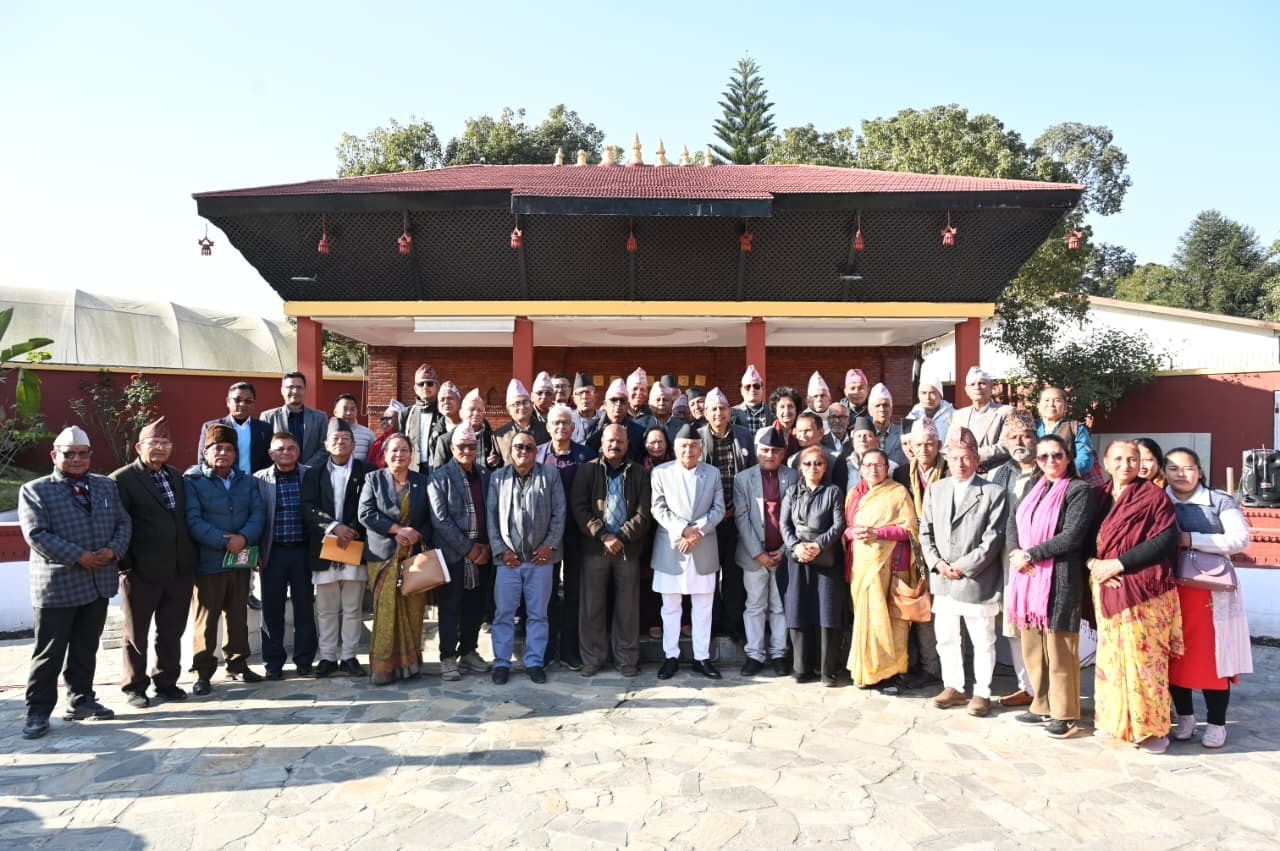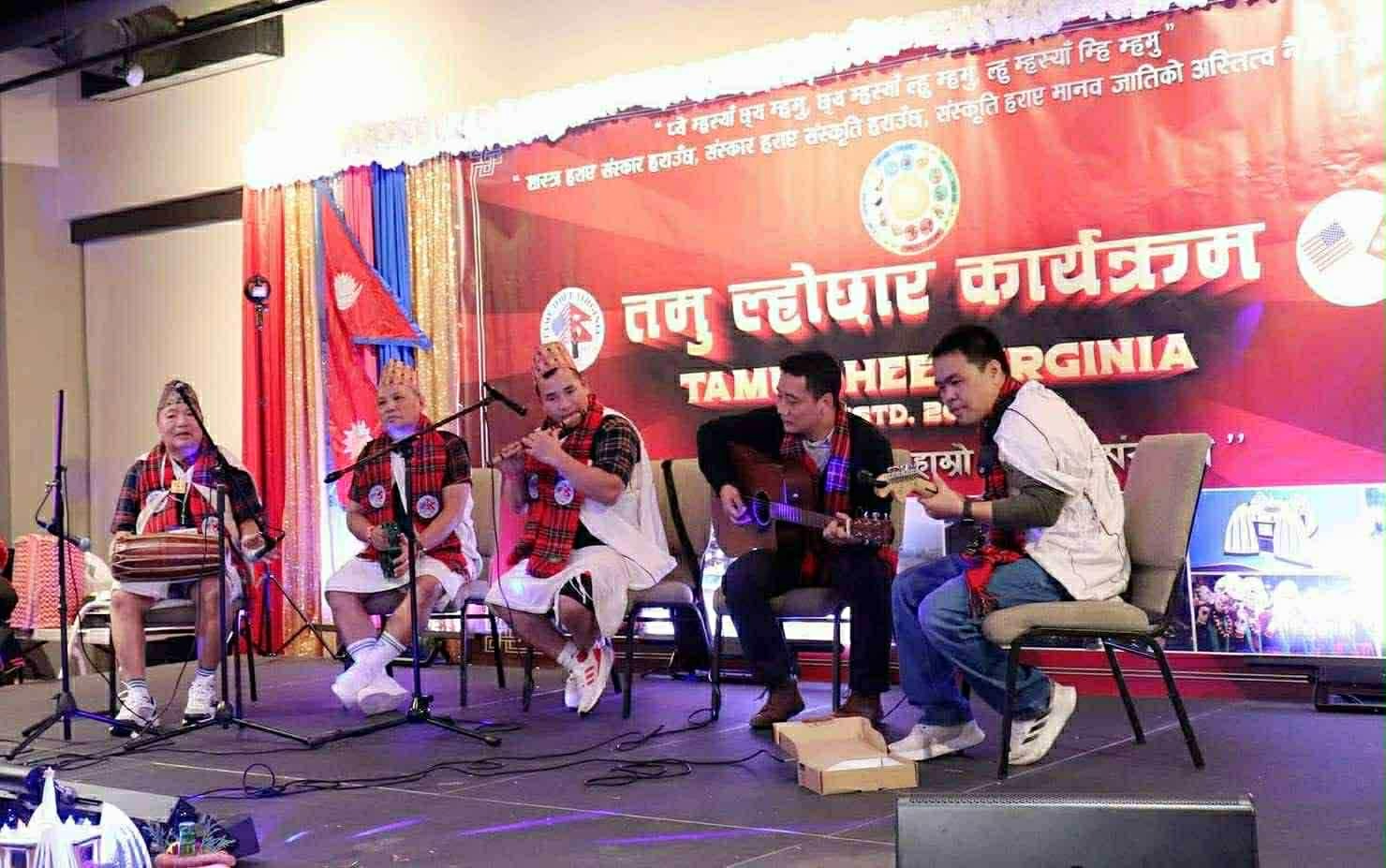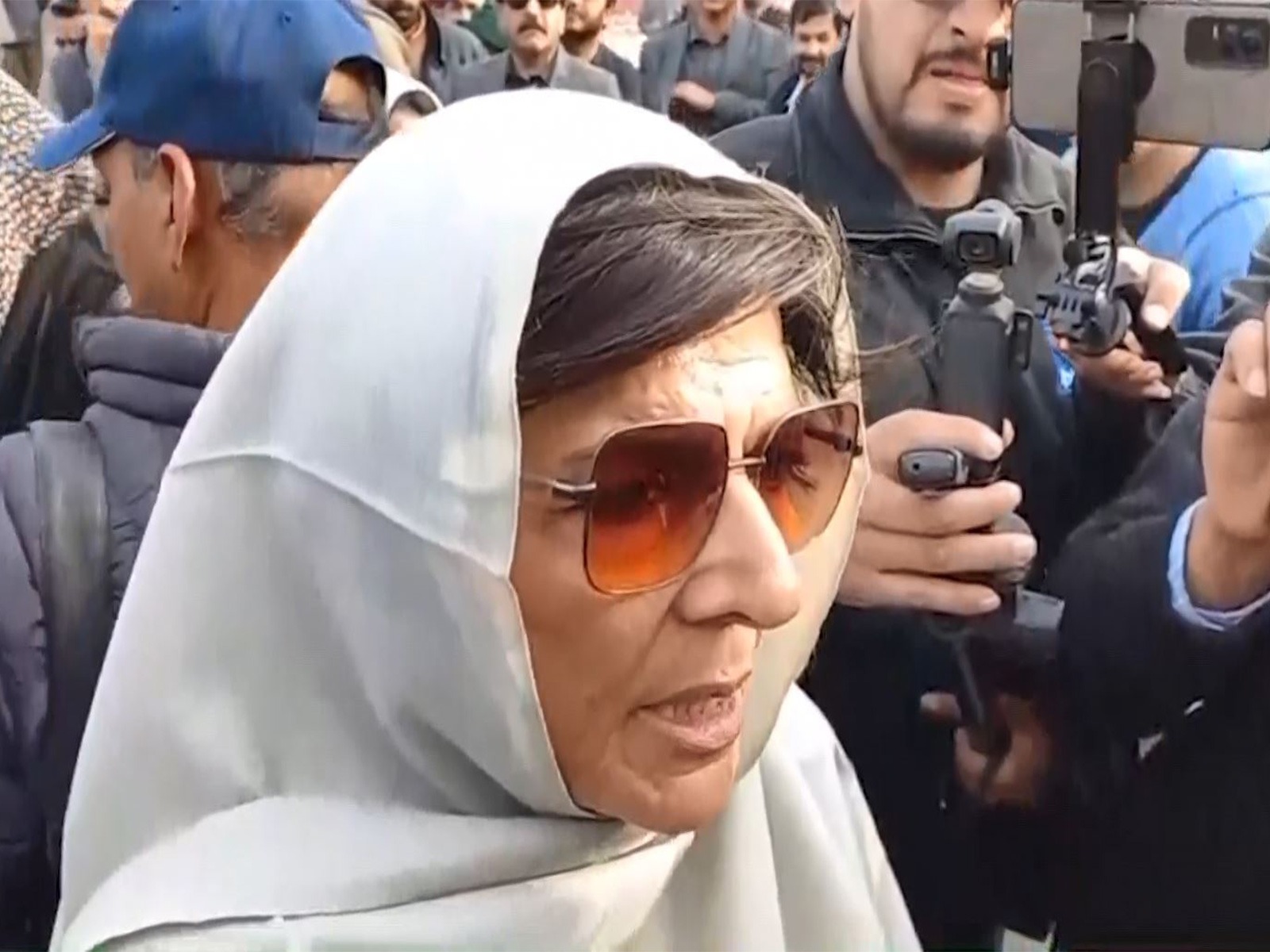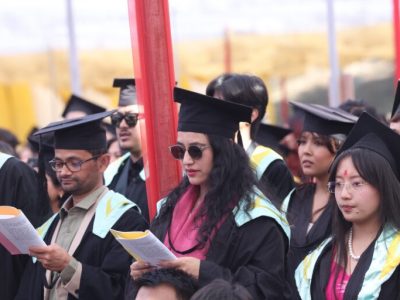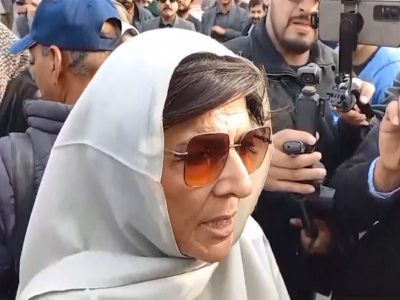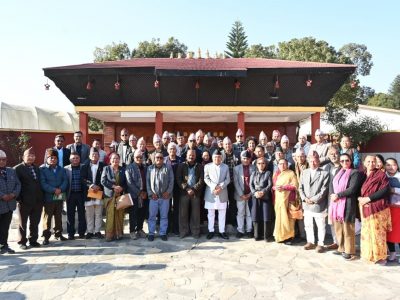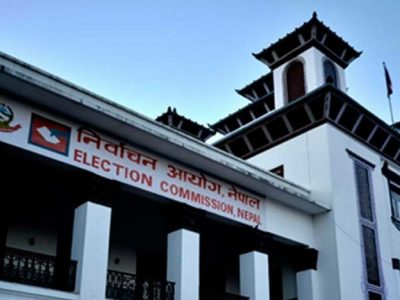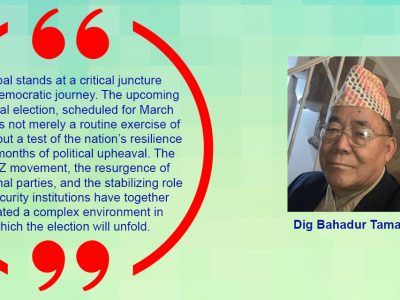The Forgotten Museum of Pokhara: A Legacy of Nature, Culture, and Quiet Dedication
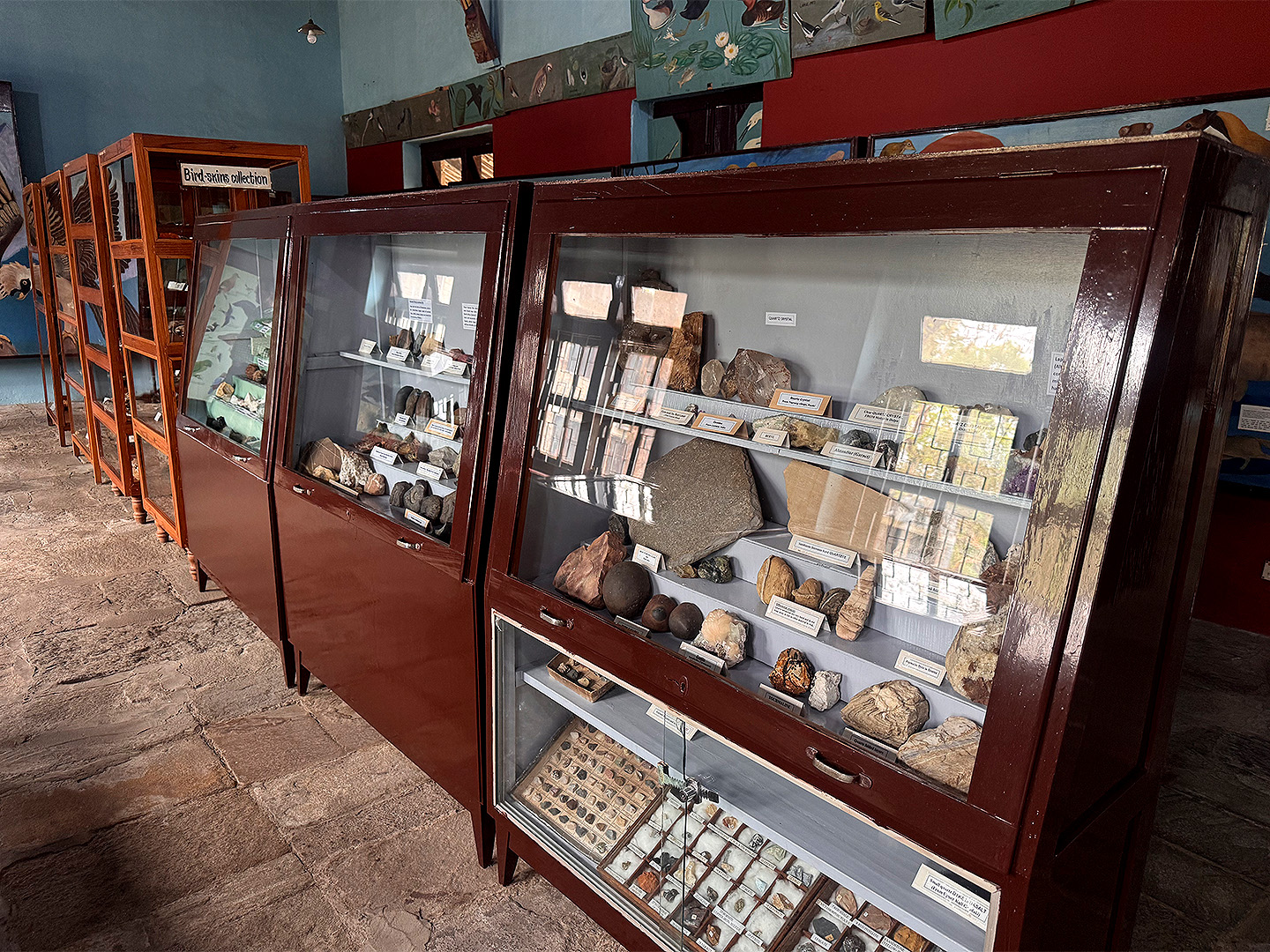
Kathmandu, April 16: Just six kilometers from Pokhara’s tourist-filled Lakeside lies an extraordinary museum that most people have never heard of. The Annapurna Museum, located within the Prithvi Narayan Campus, is a hidden treasure trove of natural history and cultural heritage. Its story begins not with grand institutions or government funding, but with two passionate individuals: a natural historian from the United States and a butterfly enthusiast from the UK—both of whom made Nepal their home.

An American Naturalist’s Vision
In 1962, Dorothy Mierow arrived in Nepal with the very first Peace Corps group. A graduate of Carleton College with a master’s degree in Biology and Geography, the 42-year-old was instantly captivated by Pokhara’s raw beauty—the towering Annapurnas, the fertile valley, and the warmth of its people. As she later recounted in her book Thirty Years in Pokhara, this connection would define the rest of her life.
At the time, Pokhara was isolated, with no electricity, few roads, and limited access to education or entertainment. Mierow saw this not as a limitation but as an opportunity. Using her own inheritance, she established a small museum on the campus of Prithvi Narayan College (now Campus). Her goal was to expose local students and villagers to the natural and cultural diversity of Nepal and the wider world. She commissioned artisans from Kathmandu to craft life-size dolls representing Nepal’s many ethnic groups, making the museum a vibrant, interactive space—especially for children.

Butterfly Grandpa: Colin Smith’s Legacy
Four years later, in 1966, Colin Smith arrived in Nepal as a mathematics teacher with the United Mission to Nepal (UMN). Though a teacher by profession, Smith carried a childhood fascination with butterflies—sparked by his uncle in London. In 1974, while teaching at the same campus, he was asked by Mierow to collect butterfly specimens for the museum.

That small request became a life’s mission.
By 1976, Smith had travelled to the National Butterfly Museum in England to master butterfly preservation techniques. Over the years, he built what is now one of Nepal’s most comprehensive butterfly collections—featuring nearly all of the country’s 660 species, including 20 of the rarest. Nepal, it turns out, is among the best places in the world to see butterflies. Smith, affectionately known as Putali Baaje (Butterfly Grandpa), received honorary Nepali citizenship in 1995. He passed away in November 2023 at the age of 87, leaving behind a legacy that flutters in glass cases, inspiring generations.

Conservation and Education: The Role of ACAP
The museum entered a new chapter in 1986, when the Annapurna Conservation Area Project (ACAP) was launched under the National Trust for Nature Conservation (NTNC). Spanning 7,629 square kilometers, it became Nepal’s first and largest conservation area.
Two years later, in 1988, an ACAP information centre was added to the museum’s second floor. The goal: to foster environmental awareness among both villagers and visitors. Through this collaboration, the museum became a bridge—connecting scientific knowledge with everyday life, promoting sustainable living and cultural respect.

Geology, Biodiversity, and Hands-On Learning
The museum continued to evolve, addressing bigger questions such as: How were the Himalayas formed? What kinds of rocks and minerals make up our mountains?
To answer these, a geology exhibit was introduced, explaining the tectonic block theory and the formation of igneous, sedimentary, and metamorphic rocks. Thanks to a generous donation from the Geology Department of Colorado College, the exhibit features mineral hardness indicators and samples of iron, copper, lead, and other metals. These hands-on displays make complex concepts accessible to students and curious visitors alike.
The biodiversity section is equally compelling. Charts and murals illustrate over 70 local plant species and 150 birds. Fifty-six preserved bird specimens were donated by famed Himalayan naturalist Dr. Bob Fleming Sr. Since traditional taxidermy is both costly and ethically challenging, the museum instead uses life-size plywood cutouts and cement reliefs to portray 90 animal species. Displays also show how altitude affects the distribution of animals, fish, snakes, and livestock in the region—offering a complete zoogeographic snapshot of the Himalayas.

A Quiet Legacy, A Fading Light
Dorothy Mierow passed away in 2000 at the age of 79 after a six-month battle with cancer. Her museum still stands today as a testament to her vision, enriched by Colin Smith’s lifelong dedication. Yet despite its rich collections and historical significance, the Annapurna Museum remains largely forgotten. It runs on donations and receives little attention. Located just a short drive from Pokhara’s Lakeside, it is rarely mentioned in guidebooks or tour itineraries.

This institution deserves better. It is not just a museum—it is a story of love for nature, of cross-cultural dedication, and of the power of quiet visionaries. With a little support and recognition, the Annapurna Museum could become a central hub for students, researchers, and tourists eager to understand Nepal’s extraordinary natural and cultural wealth.
For now, it waits quietly, filled with butterflies, minerals, and memories—ready to inspire the next visitor who walks through its doors.
Simon Paudel is an anthropology student at Tribhuvan University. He is also a passionate photographer and a traveler by heart, who enjoys exploring lesser-known places and stories across Nepal.
Facebook Comment
latest Video
Trending News
- This Week
- This Month


